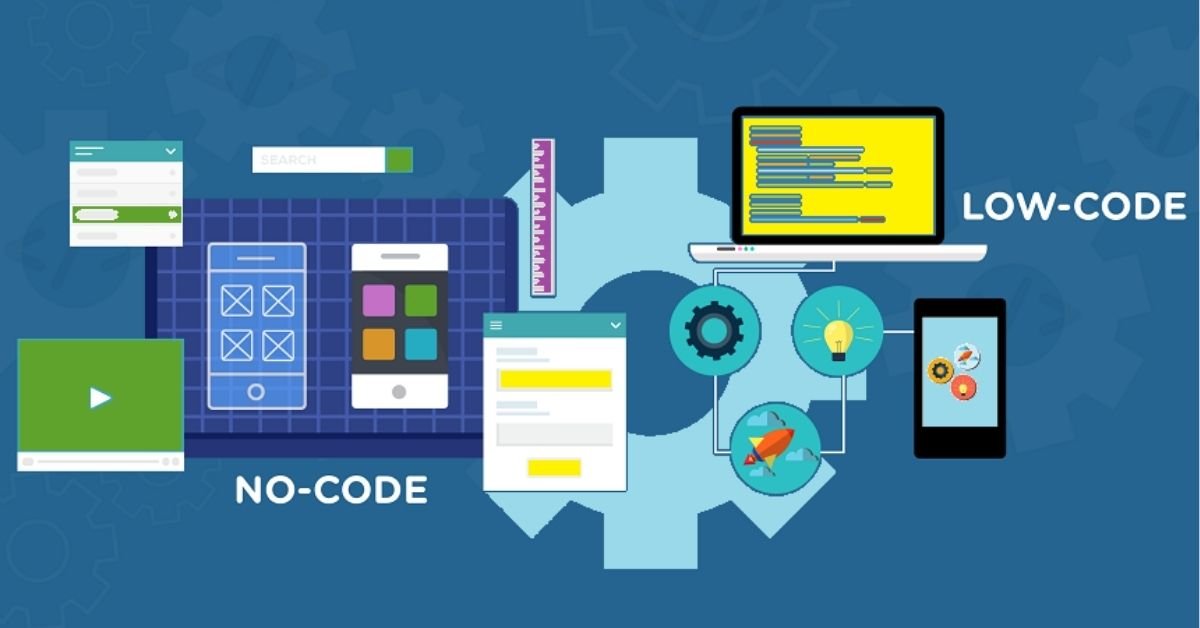In 2025, Low-Code Software Platforms are transforming the tech landscape, empowering businesses and individuals to build sophisticated applications with minimal coding expertise.
These platforms, blending drag-and-drop interfaces with powerful automation, are accelerating software development, slashing costs, and democratizing innovation.
From startups to Fortune 500 companies, Low-Code Software Platforms are redefining how applications are created, driving efficiency and creativity across industries.
Key Features Driving Innovation
Low-Code Software Platforms offer intuitive features that streamline development. Visual development environments allow users to design apps using drag-and-drop components, reducing coding time by up to 70%, according to Gartner.
Pre-built templates and integrations enable seamless connections to databases, APIs, and IoT devices, supporting complex workflows.
AI-powered automation, as seen in platforms like OutSystems, suggests code snippets and optimizes performance in real-time.
Scalability is another hallmark, with platforms like Mendix supporting enterprise-grade apps that handle millions of users. These features make low-code accessible to non-technical users while offering flexibility for seasoned developers.

Leading Providers and Market Leaders
The Low-Code Software Platforms market is led by powerhouses like Microsoft Power Apps, OutSystems, Mendix, and Appian.
Microsoft Power Apps, integrated with Azure, dominates with its ability to create business apps in hours, boasting a 40% adoption rate among Fortune 500 companies.
OutSystems excels in rapid enterprise app development, with a 2025 update introducing AI-driven testing that cuts debugging time by 50%.
Mendix leads in collaborative development, enabling teams to build apps 10 times faster than traditional coding.
Emerging players like Bubble are gaining traction for no-code solutions, targeting startups and small businesses with budget-friendly options starting at $25/month.
Real-World Use Cases and Impact
Low-Code Software Platforms are driving transformation across sectors. In healthcare, the Cleveland Clinic used Microsoft Power Apps to develop a patient scheduling app in two weeks, improving appointment efficiency by 30%.
Retail giant Walmart leveraged Appian to create an inventory management system, reducing stock outages by 25%. Small businesses are also thriving.
Coffee Bean & Tea Leaf used Bubble to launch a customer loyalty app, boosting engagement by 20% without hiring developers.
These use cases highlight how low-code platforms empower organizations to innovate quickly, saving millions in development costs annually.
Benefits for Businesses and Users
The rise of Low-Code Software Platforms delivers significant advantages. Businesses report development cost reductions of 50-70%, according to Forrester, as low-code eliminates the need for large coding teams.
Time-to-market shrinks dramatically apps that once took months now launch in days. Non-technical users, or “citizen developers,” can build apps, easing the burden on IT departments; 65% of app development now involves non-coders, per IDC.
For employees, low-code fosters creativity, enabling marketing and HR teams to create tailored solutions like event management tools or employee dashboards, boosting productivity and innovation.
Market Trends and Industry Momentum
The Low-Code Software Platforms market is booming, valued at $24.5 billion in 2024 and projected to reach $65 billion by 2030, with a 22% CAGR, according to MarketsandMarkets.
The rise of AI and 5G is fueling adoption, enabling platforms to handle complex, data-intensive apps. Enterprises are shifting to low-code for digital transformation, with 85% of large organizations adopting these platforms by 2025, per Gartner.
The democratization of app development is also creating new roles, with “citizen developer” job postings up 30% on LinkedIn. This momentum signals a shift toward agile, accessible software creation.
Challenges and Limitations
Despite their promise, Low-Code Software Platforms face challenges. Scalability limitations can arise for highly customized apps, as platforms may struggle with niche requirements.
Security concerns are critical misconfigured integrations can expose data, with 2024 seeing a 20% rise in app-related breaches.
Vendor lock-in is another risk, as proprietary platforms like OutSystems may limit flexibility. Training non-technical users also requires investment, with 30% of organizations reporting a learning curve, per Forrester.
Overcoming these hurdles demands robust governance, standardized APIs, and enhanced security protocols.

Expert Opinions on the Future
Experts are bullish on Low-Code Software Platforms. “Low-code is the future of agile development, but organizations must prioritize security and training to maximize value,” says Dr. Emily Chen, a tech innovation analyst at MIT.
John Rymer, VP at Forrester, adds, “By 2030, low-code will power 70% of enterprise apps, but customization limits could push hybrid models combining low-code and traditional coding.”
Analysts predict integration with AI agents and IoT will drive next-gen apps, from smart city dashboards to predictive maintenance tools, but stress the need for equitable access to avoid widening digital divides.
A New Era of Development
The rise of Low-Code Software Platforms is ushering in a new era of software development, where speed, accessibility, and innovation converge.
By empowering non-technical users and streamlining enterprise workflows, platforms like Microsoft Power Apps and OutSystems are transforming businesses and industries.
While challenges like security and scalability persist, the market’s explosive growth and real-world impact underscore low-code’s potential.
As Low-Code Software Platforms continue to evolve, they are not just accelerating development, they’re democratizing it, paving the way for a future where anyone can build the next big app.
Incisive Software Enhances Low-Code/No-Code and Microsoft Excel Solutions for Enhanced Visibility and Control https://t.co/453ixPPbTV #marketing #martech #technology #IncisiveSoftware
— MarTech Series (@MarTechSeries) July 21, 2023
Also Read: Game-Changing IoT Mobile App Integration Transforms Connectivity

Abdul Basit is a US-based tech writer who covers Apple innovations, Tesla’s EV growth, AI breakthroughs, smartphone trends, and app reviews for global readers.
